What You Need To Get An Inground Pool Installed in Valparaiso, Indiana
The pool-buying journey is a unique one. During the early stages before the pool has been purchased, or even before you decide whether you’re actually going to get one, it can be easy to forget just how much work will be required to get a pool in your yard. Usually at this stage, you’re imagining what your dream backyard design would look like.
We all know that the look and type of pool is something that is at the top of the list for prospective inground pool owners, but there’s a lot more that you need to consider and be aware of to build an inground pool legally.
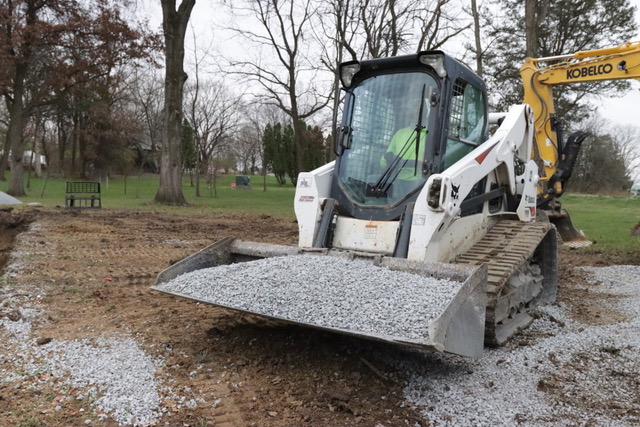
Every town has its own rules and regulations regarding residential inground pool construction. These regulations can possibly affect your pool project. At Royal Pools G2 Landscaping, we have been installing inground pools in Valparaiso and the greater Northwest Indiana region for over 25 years now. We have seen town regulations halt homeowners’ dream ideas, which is why we wanted to educate prospective pool buyers in Valparaiso on what to expect. So without further delay, let’s get into it.
Pool Requirements
- Pool must be at least 6 feet from any side and rear property lines
- Pool must be at least 6 feet from any structures/buildings
- Pool must be clear of all utility easements
- Pool must be enclosed by ONE of the following:
- Automatic safety cover that can withstand a minimum of 1,000 pounds OR
- A barrier such as a fence that extends around the entire perimeter of the pool that is at least 4 feet above ground level and at least 6 feet from the walls of the pool
What Are The Best Inground Pool Builders in Chicagoland?
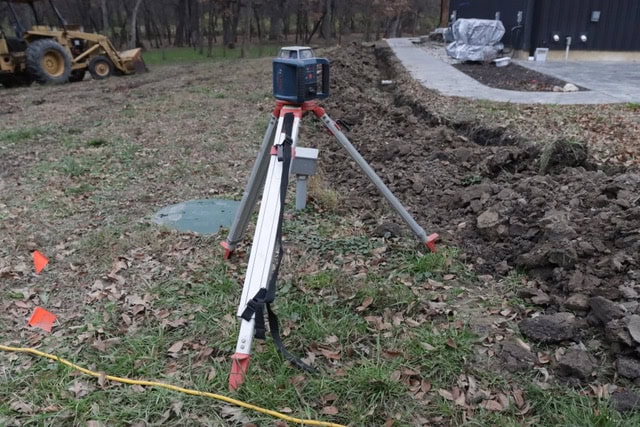
Requirements to Begin Construction
- Residential Alteration/Accessory Permit Application and Obtainment of Permit Upon Approval
- Plat of Survey
- Lot size including dimensions and square footage
- Property lines
- Foot-print of home including location and dimensions of the first level of the home with attached garage
- Pre-existing accessory structures
- Driveway
- Private sidewalks
- Easements
- Proposed structures to be built including location and dimensions with distances relative to adjacent property lines and structures
- List of contractors and subcontractors
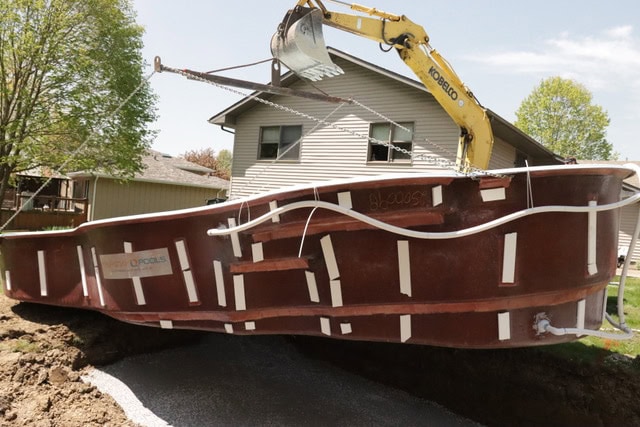
Required Inspections
A pool may be fully installed, functional, and swimmable, but until it has gone through every final inspection and been approved, you cannot actually get into the pool. So be sure to have the inspections ready to be completed upon completion of the pool’s installation.
The required inspections include:
- Foundation
- Backfill
- Mechanical
- Electrical Bonding
- Final walkthrough
What Are the Inground Pool Requirements in St. John, Indiana?
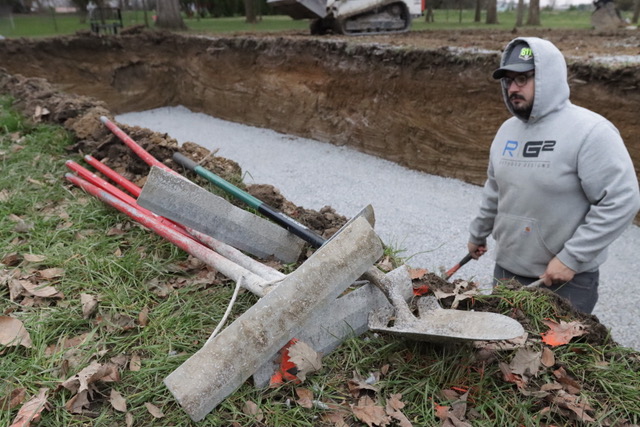
Homeowners Association Requirements
On top of all the town code requirements needed prior to the pool being installed, if you live under the regulation of a homeowners association (HOA) you will have to file for approval with them as well.
Homeowners associations are very popular among subdivisions, and if your subdivision does have an HOA, then that is another thing you will have to take care of before the pool can be installed in the ground. The good thing is, HOA regulations are rarely that different from the town’s overall regulations, as both have to abide by state and national building codes.
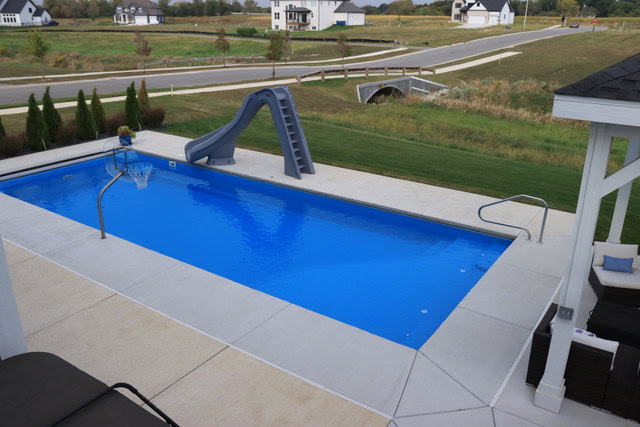
Conclusion
Squaring away all of your permits and inspections is key to getting a pool in your backyard. Getting a pool installed the right way will require you to find the best and most reliable inground swimming pool installer in your area that will honor both town and HOA requirements. These rules and regulations are not there to make the process longer or more difficult. They are there to protect you and your investment for years to come. Curious about what it takes to build an inground pool in other towns in Northwest Indiana? Take a look at the articles below. For more educational content on all things pools and landscaping, check out our learning hub.
What Are the Most Popular Inground Pool Features In 2025?
Written by Logan Edgemon
